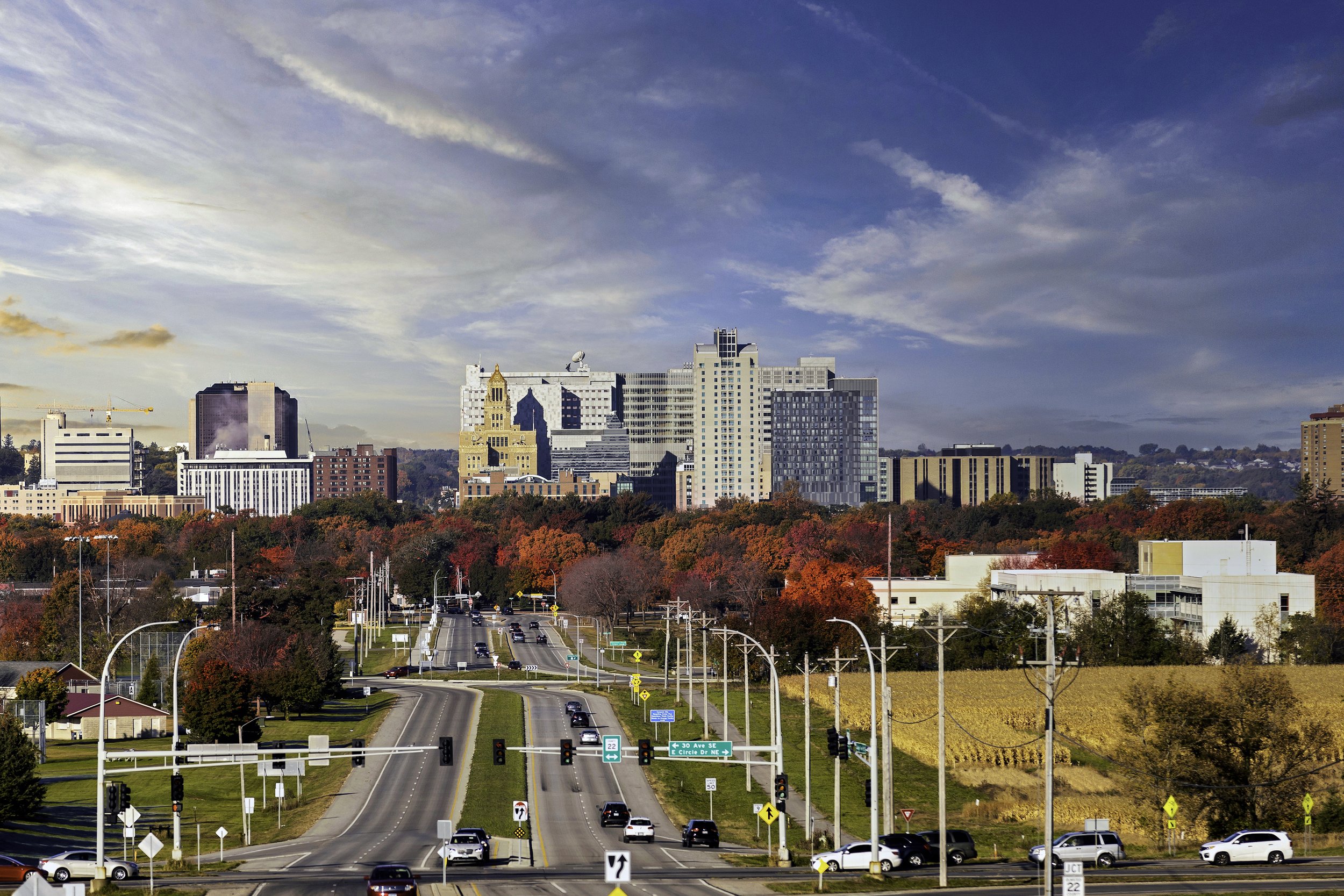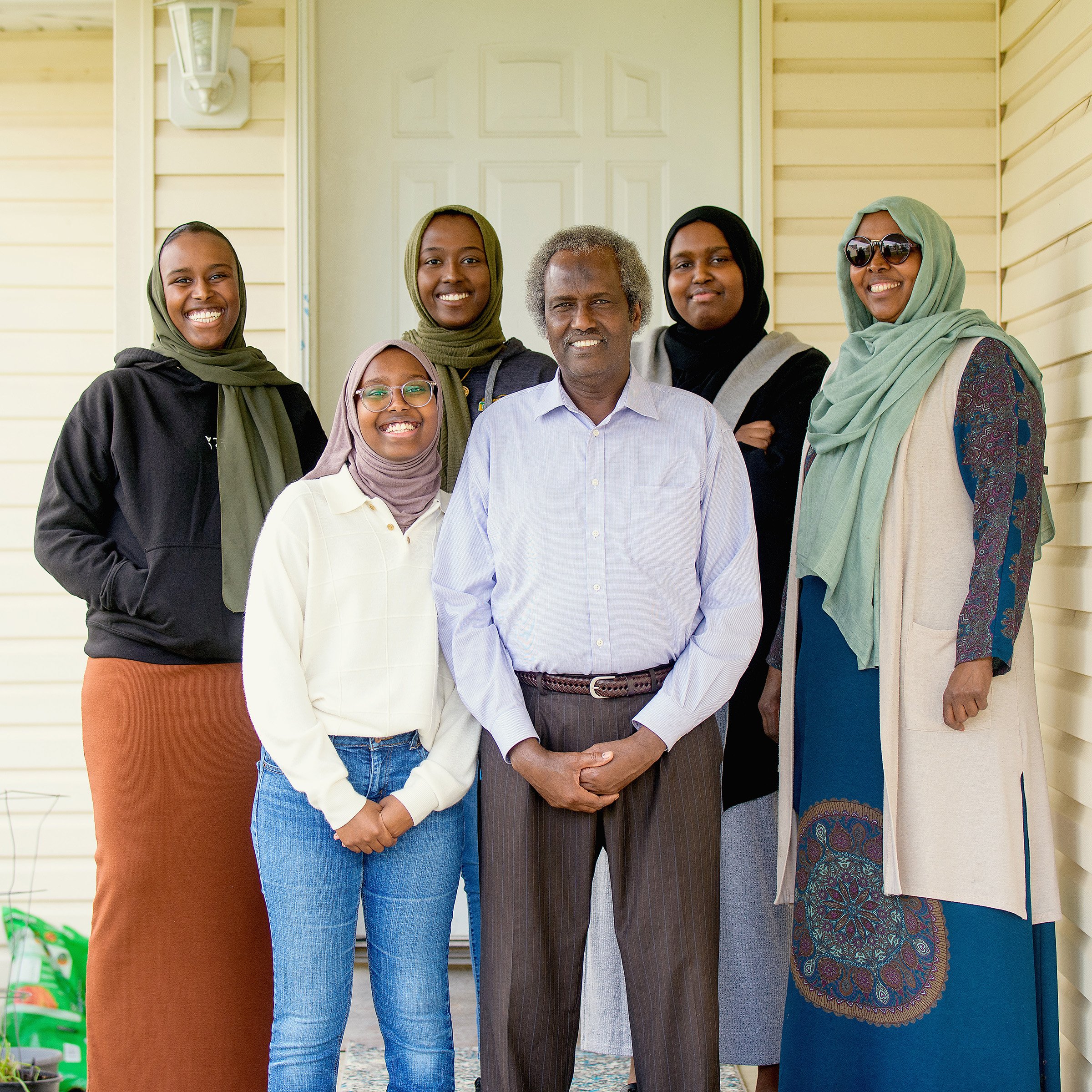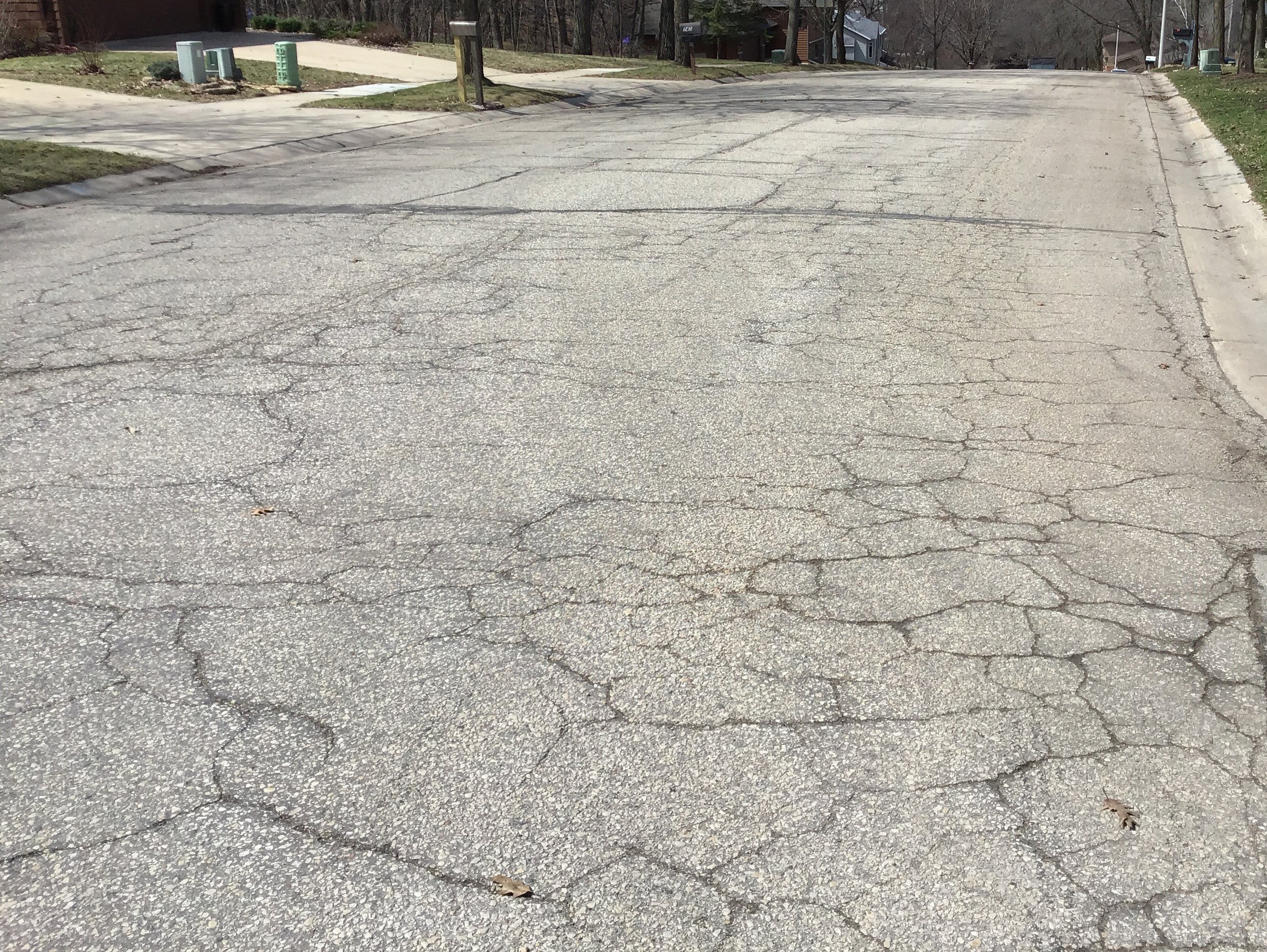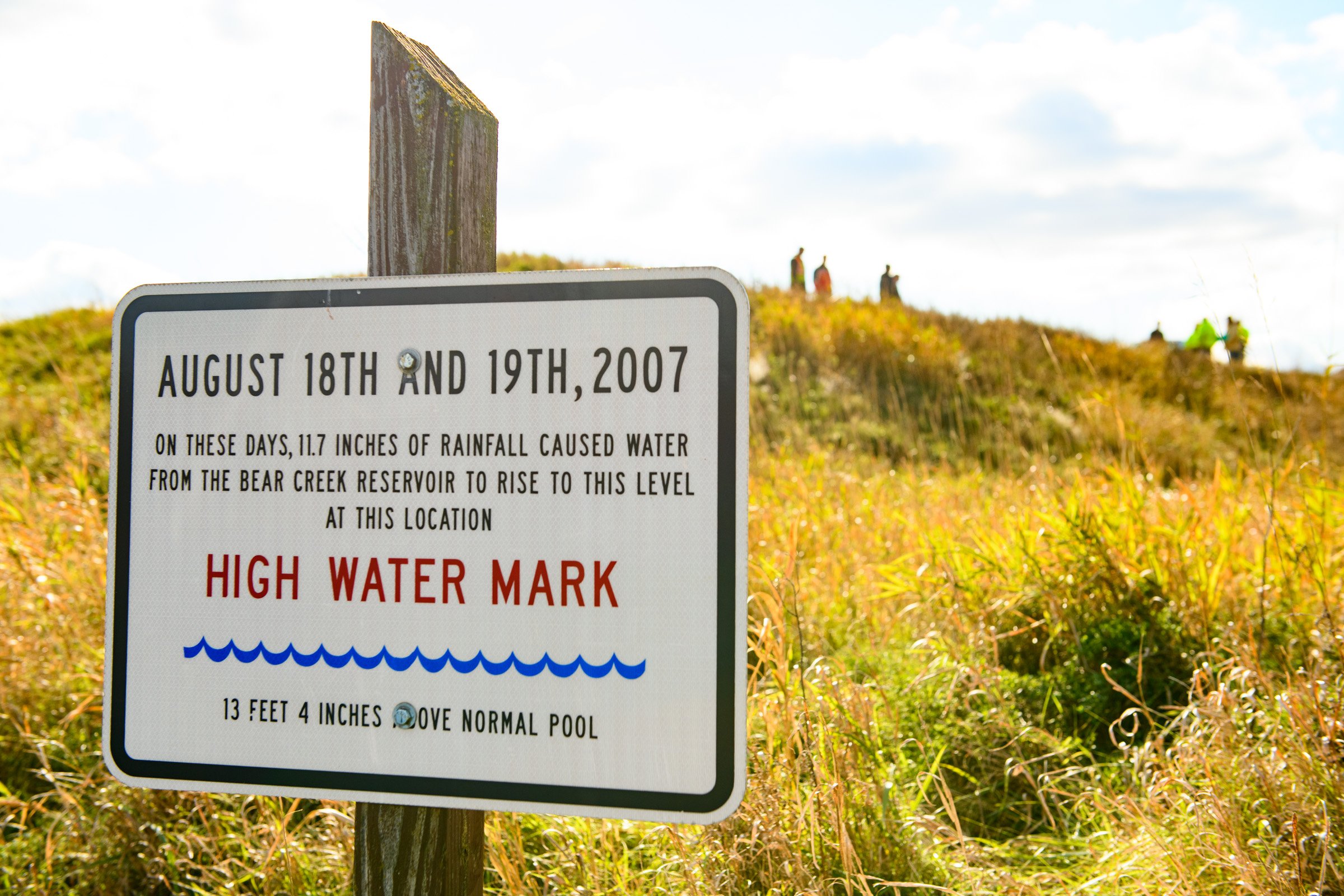
Our Challenges
With a 36% population increase since 2000, the City of Rochester is completing important community investments to address increasing demand for workforce and housing, repair aging streets, reinvest in the City’s flood control and water quality system, and expand sports and recreation offerings.
Images provided by the Front Steps Project, First Homes, & City of Rochester
Workforce and Housing Needs
About 18,000 new housing units will be needed through 2030, including over 5,400 senior housing units, 5,000 rental units and 5,600 new and existing single-family homes, according to Olmsted County’s Comprehensive Housing Needs Analysis conducted in 2020 (Maxfield Housing Study).
Approximately 30% of Rochester residents are considered very- to extremely-low income, meaning a significant portion or our residents have a heightened need for affordable living.
The regional workforce is expanding to support a wider range of skills, with the most growth in the construction, education, and healthcare sectors.
Additional housing options are needed to address the influx of skilled workers.
Aging City Streets
Today, more than 100 miles (24%) of the City’s streets are 50 years or older and 23% of the City’s streets are currently rated poor or fair condition.
Rochester is facing an annual shortfall of $20 million to adequately address current and future street maintenance needs for the city.
More than 30,000 workers commute from the region into Rochester each day, with that number expected to increase to 52,000 commuters by the year 2040.
If no action towards improving the City’s roadways is taken, there will be 354 miles of Rochester’s roadways in “poor” condition that will require reconstruction over the next 50 years.
Flood Control and
Water Quality Protections
The current flood control system is a vital component of the City and requires continued investment to protect the City and surrounding areas by mitigating flood waters. Previously approved funding for the flood control system will be depleted in 2029, so the City is seeking support from voters to reinvest in the system to ensure adequate funding for years to come.
In addition to maintaining the existing system, changes in weather and recent events have shown that the system needs to be expanded and enhanced to address localized flooding areas within the City. The system, which is designed to reduce the peak floodwater discharge by over 16% and safely convey floodwaters through the City, can only operate at full capacity when properly funded and maintained.
Image provided by EA Therapeutics
Growing Demand for Sports
and Recreation Facilities
Rochester residents have expressed that the City lacks the adequate facilities to provide the access to fitness and recreation that they desire. An analysis by Sports Facilities Companies in early 2023, identified greater needs for the following:
Outdoor multi-purpose turf and grass fields for soccer and lacrosse
Flexible community space
Indoor multi-purpose courts and fields for sports such as basketball, volleyball and pickleball
Facilities with ADA accessible features and functions, restrooms, concessions and seating
Walking track
Children’s indoor play area
The analysis found that many of the existing recreational fields are on leased land, meaning they may not be permanent fixtures for the area’s sporting community. Additionally, the City of Rochester does not have any outdoor field-based or pickleball facilities that meet the threshold for anchor sports tourism complexes, and there is only one indoor court-based facility in the area that meets the size requirements. As a result, the region is unprepared to handle the growing demand for sports and recreation facilities for residents as well as the potential to attract more regional sporting events.








